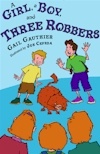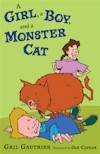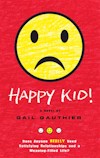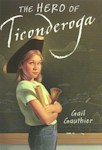"A Revolution In Reading"
In a Chronicle of Higher Education article called Time for Reading, Lindsay Waters suggests we're reading too fast and that this is a factor in present day reading problems. "Unless one can digest the letters on the page fast enough, one cannot comprehend what one is reading," he says. "But once one learns how to read, there is a speed beyond which one stops reading in a truly effective way."
I was immediately attracted to this article because I'm so often frustrated because I can't read more and more and more. The article doesn't tell me how to deal with that problem, but suggests that maybe I don't have a problem at all.
One of the things I liked about the article is that it deals with reading at both the college and grade school levels. Though it did bring back college anxiety about getting through all those books every semester.
The link came from artsJournal.








2 Comments:
I remember sitting at a desk in seventh grade with a bizarre contraption set up in front of me--a device that was designed to help students read faster.
It was almost like a game--placing a laminated card into the device, then turning on the machine so that the words on the card appeared line by line in a small window-like opening.
The faster you could read the words, the faster you could set the machine... so the card would go through the machine more quickly.
What the creator of this machine--and the brilliant educators who used the machine--failed to understand was that it didn't teach reading (which is a pleasure); it taught scanning (which is drudgery).
There are other methods to teach scanning. One that comes to mind is the technique used in the Evelyn Wood Speed Reading course, where I've heard students are instructed to turn a book upside down...upside down!... and then use a finger to scan down the page diagonally, just to get the feel of scanning. Then they are asked to turn the books righ-side up and perform the same operation again, letting their eyes follow their fingers. Supposedly, this method allows your eye to "pick up" phrases and meaning in rapid fashion.
But scanning is nothing like reading... which involves tasting the words on one's tongue, hearing the music of language in your ears, feeling the world offered by an author with all your senses... and letting yourself sink into that world with pleasure. That's reading, and I know of few activities in life that can bring such joy!
PS - My favorite example of the flaws of speed-reading is the Woody Allen joke, which you've probably heard, but which I'll share anyway.
A man took a speed reading course and read Tolstoy's War and Peace in less than a minute by flipping quickly through the pages.
When asked what the book was about, he replied: "Russia."
Gee, now that you mention it, I can remember seeing all kinds of weird mechanical type things in reading rooms when I was a student volunteer in high school and a student teacher in college. I think I recall a machine that flashed words on a screen. There were also all kinds of cards in boxes that appeared to be some kind of reading program--that didn't involve books.
Post a Comment
<< Home